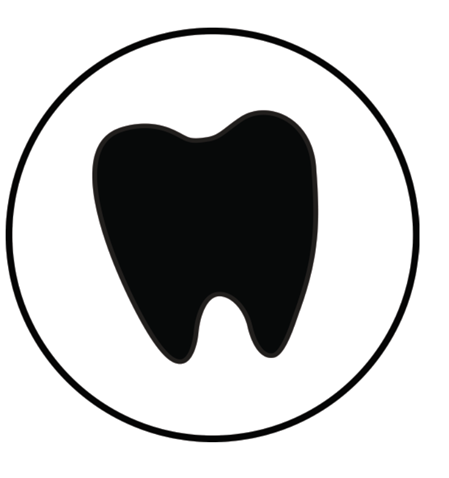 There are over 100 types of Human Papillomavirus (HPV), and more than 42 million Americans are infected with types of HPV that cause disease. The CDC says nearly everyone will get a form of HPV at some point in their lives, and about 13 million Americans, including teens, become infected each year1. There are strains of HPV that are more virulent than others which divides HPV into 2 main groups:
There are over 100 types of Human Papillomavirus (HPV), and more than 42 million Americans are infected with types of HPV that cause disease. The CDC says nearly everyone will get a form of HPV at some point in their lives, and about 13 million Americans, including teens, become infected each year1. There are strains of HPV that are more virulent than others which divides HPV into 2 main groups:
- Low-risk HPV types such as 6, 11, 42, 43, and 44 have a reduced association with cancer but can lead to genital warts or oral papillomas.
- High-risk HPV types like 16, 18, 31, 33, 34, 35, 39, 45, 51, 52, 56, 58, 59, 66, 68, and 70 cause cell changes and pre-cancers. The most common high-risk HPV types include HPV 16 and 18. These contribute to chronic, or long-lasting infections that can cause cancer over time2. HPV 16 is thought by the CDC to cause 70% of oropharyngeal cancers in the United States3.
The number of oropharyngeal cancers linked to HPV has risen greatly over the past few decades. From 2015 to 2019, incidence rates linked with HPV infection increased yearly by 1.3% in women and by 2.8% in men during that time period1.
These cancers are becoming more common in younger people who have a history of multiple sex partners (including oral sex) and no history of alcohol abuse or tobacco use. Thankfully oropharyngeal cancers linked to HPV infection tend to have better prognosis than tumors not caused by HPV because chemotherapy and radiation treatments work better for these cancers.
With these concerning data points, one must assess if your practice is doing enough to help patients understand their oral cancer risk. The screening tools we currently have in dentistry are:
- Health history oral cancer risk assessment.
- Palpation oral cancer screenings (which if you want to see them in action view our Hygiene Edge videos on the procedure via the following links: Intra oral examination, Extra oral examination).
- Fluorescence visualization options that illuminate the tissues changing them in color to show tissues at increased risks.
- A salivary test called OraRisk® HPV through OralDNA® Labs enables the clinician to establish increased risk for oral cancer and determine appropriate referral and monitoring of conditions. OraRisk® HPV identifies a total of 51 types of oral HPV.
If the patient’s sample tests positive for specific HPV strains, depending on the type and duration of the infection, this puts them at higher risk for oral cancer. Evaluation, monitoring, and possible vaccination is key. Patients want and need to know about their risk factors for oral cancer, that’s why they come to us for their oral health care.
Sources:
- Centers for Disease Control and Prevention. (2023, February 10). HPV infection. Centers for Disease Control and Prevention. Retrieved February 22, 2023, from https://www.cdc.gov/hpv/parents/about-hpv.html#:~:text=Nearly%20everyone%20will%20get%20HPV,teens%2C%20become%20infected%20each%20year
- Centers for Disease Control and Prevention. (2023, February 10). HPV infection. Centers for Disease Control and Prevention. Retrieved February 22, 2023, from https://www.cdc.gov/hpv/parents/about-hpv.html#:~:text=Nearly%20everyone%20will%20get%20HPV,teens%2C%20become%20infected%20each%20year
- Centers for Disease Control and Prevention. (2022, October 3). HPV and oropharyngeal cancer. Centers for Disease Control and Prevention. Retrieved February 22, 2023, from https://www.cdc.gov/cancer/hpv/basic_info/hpv_oropharyngeal.htm
- What Our Patients Should Know About Oral Cancer & HPV - April 7, 2023

